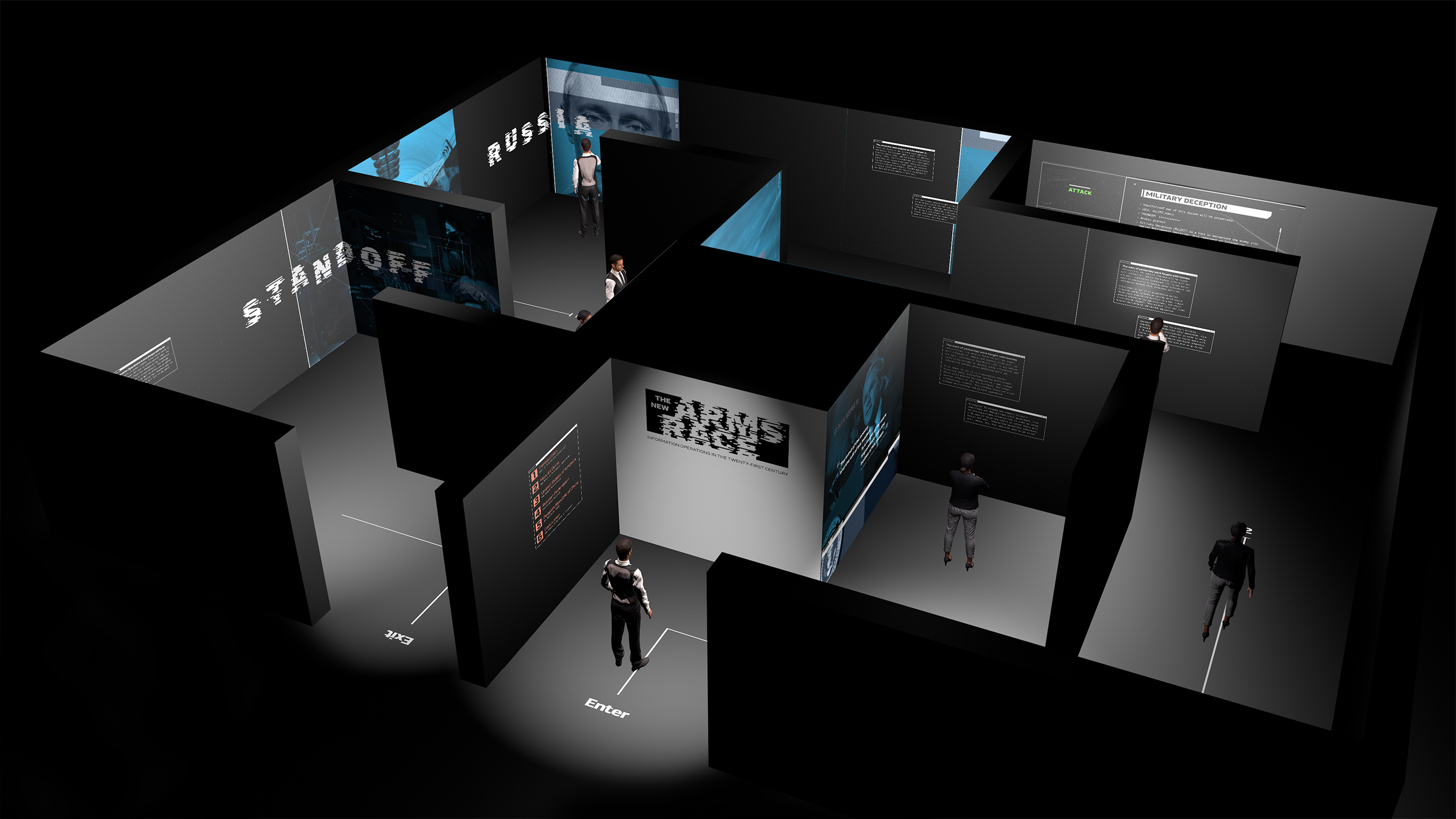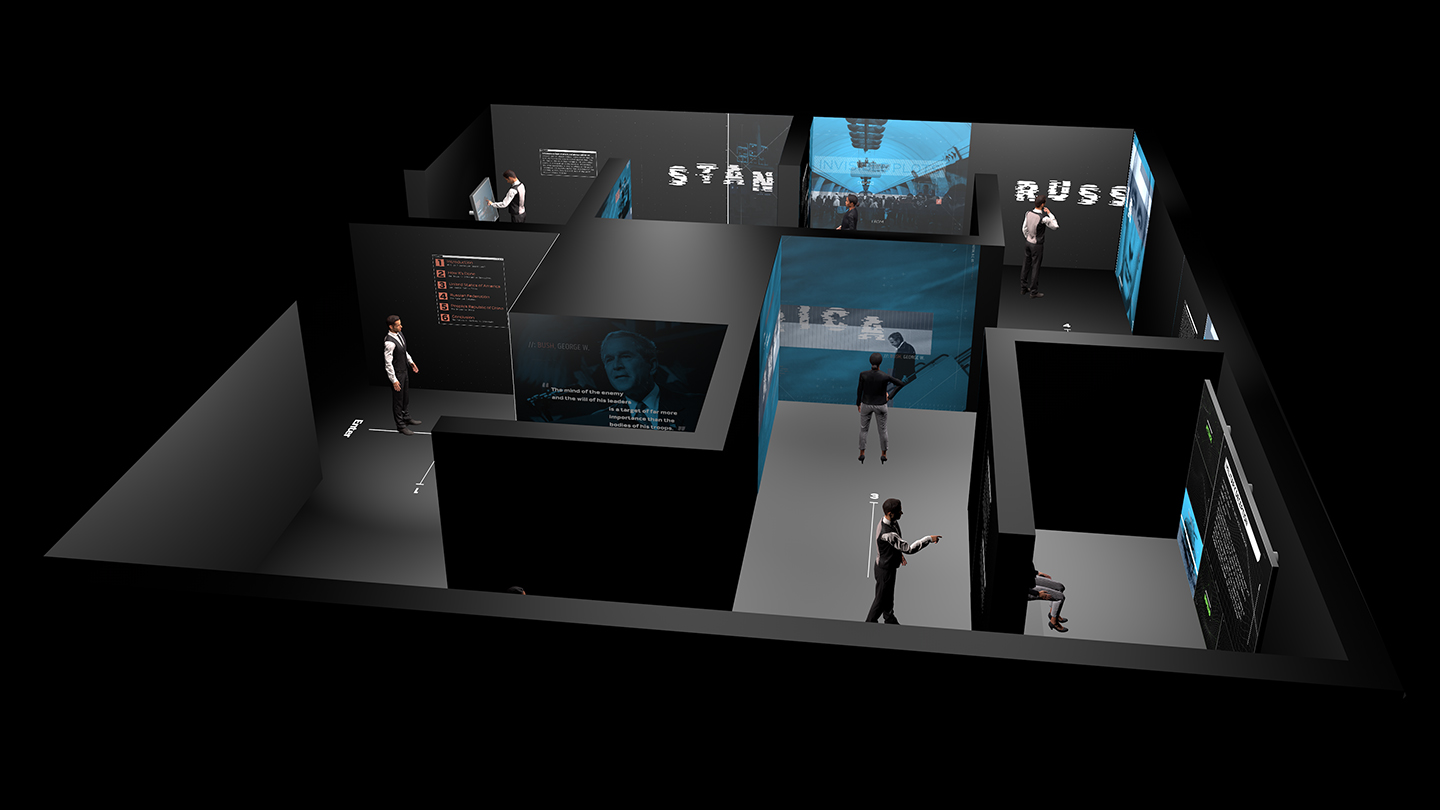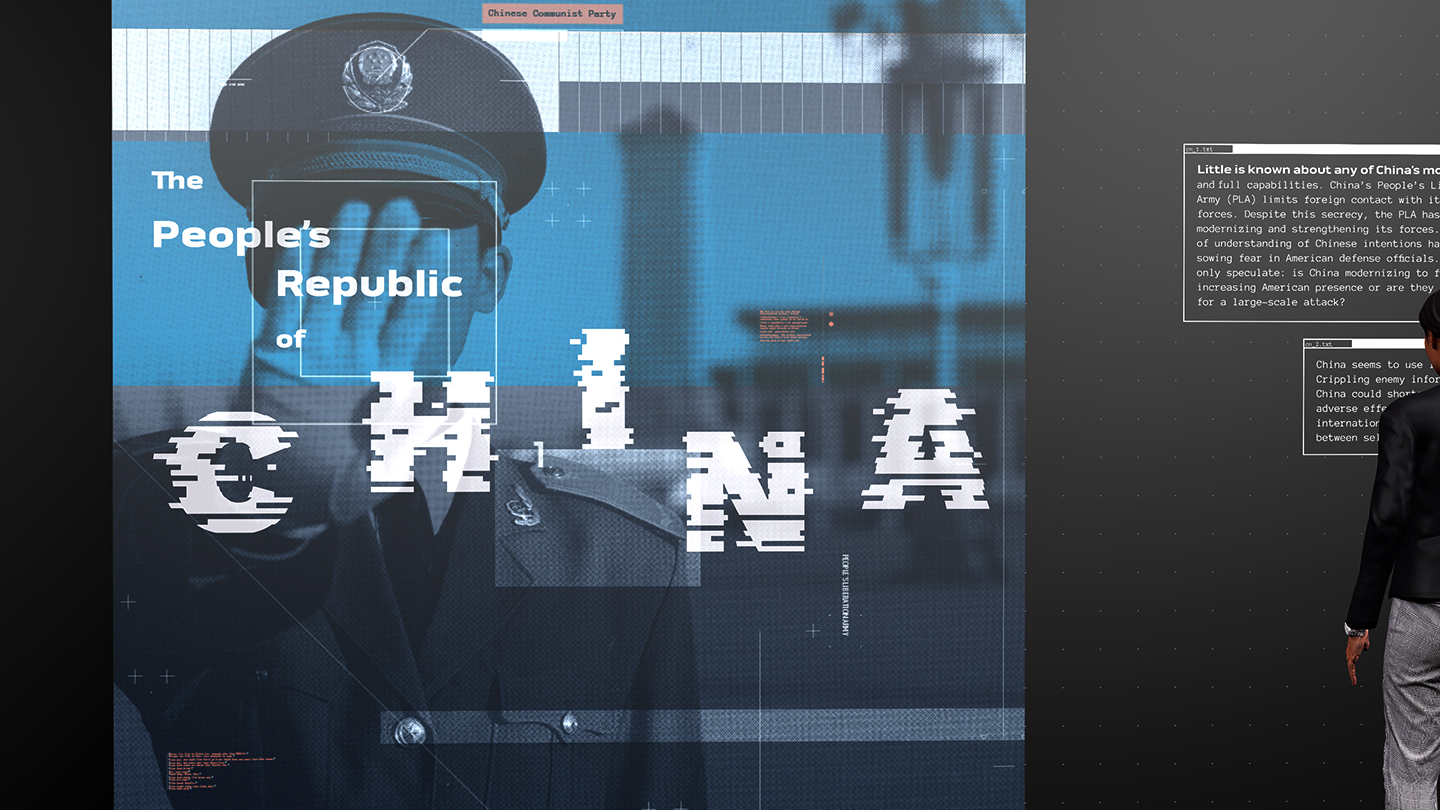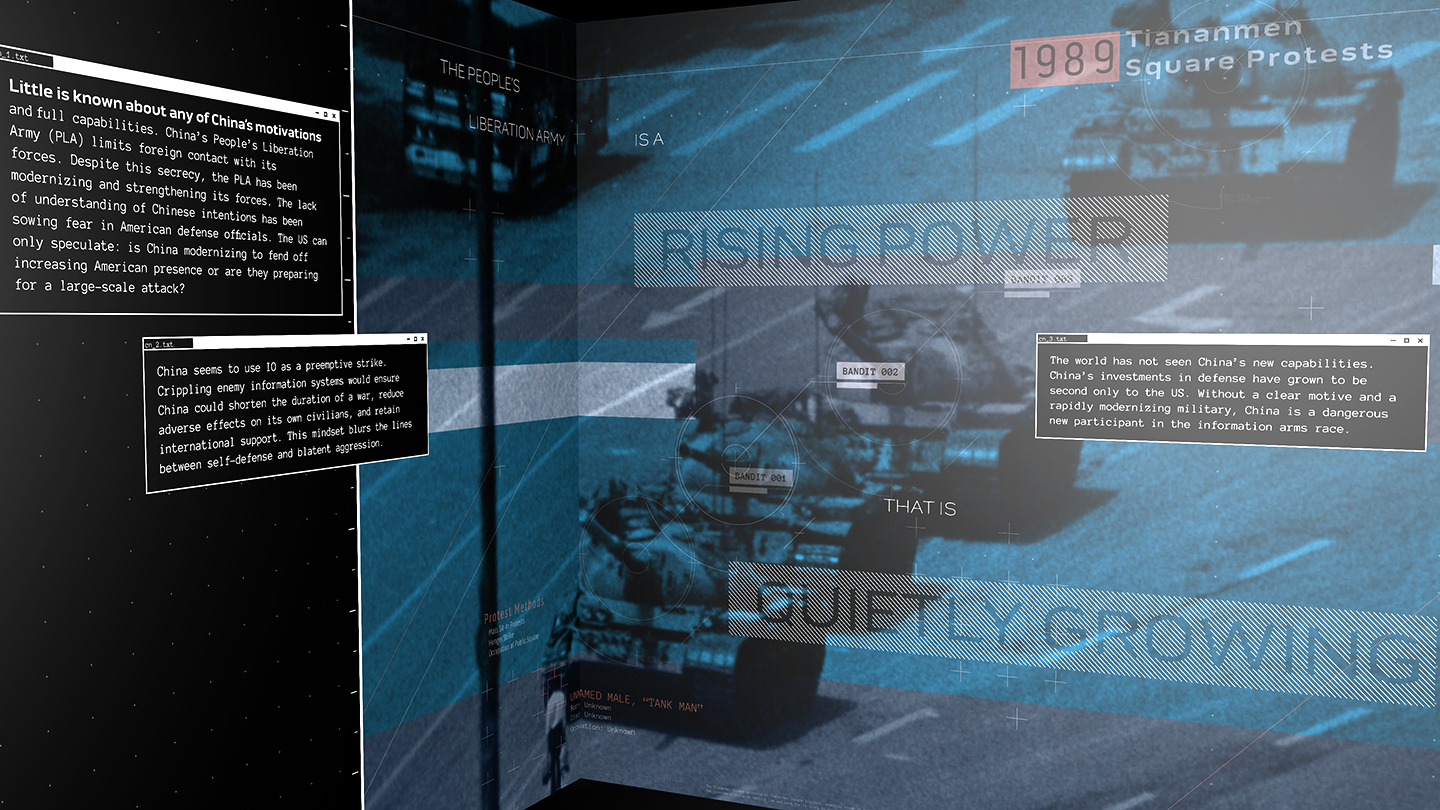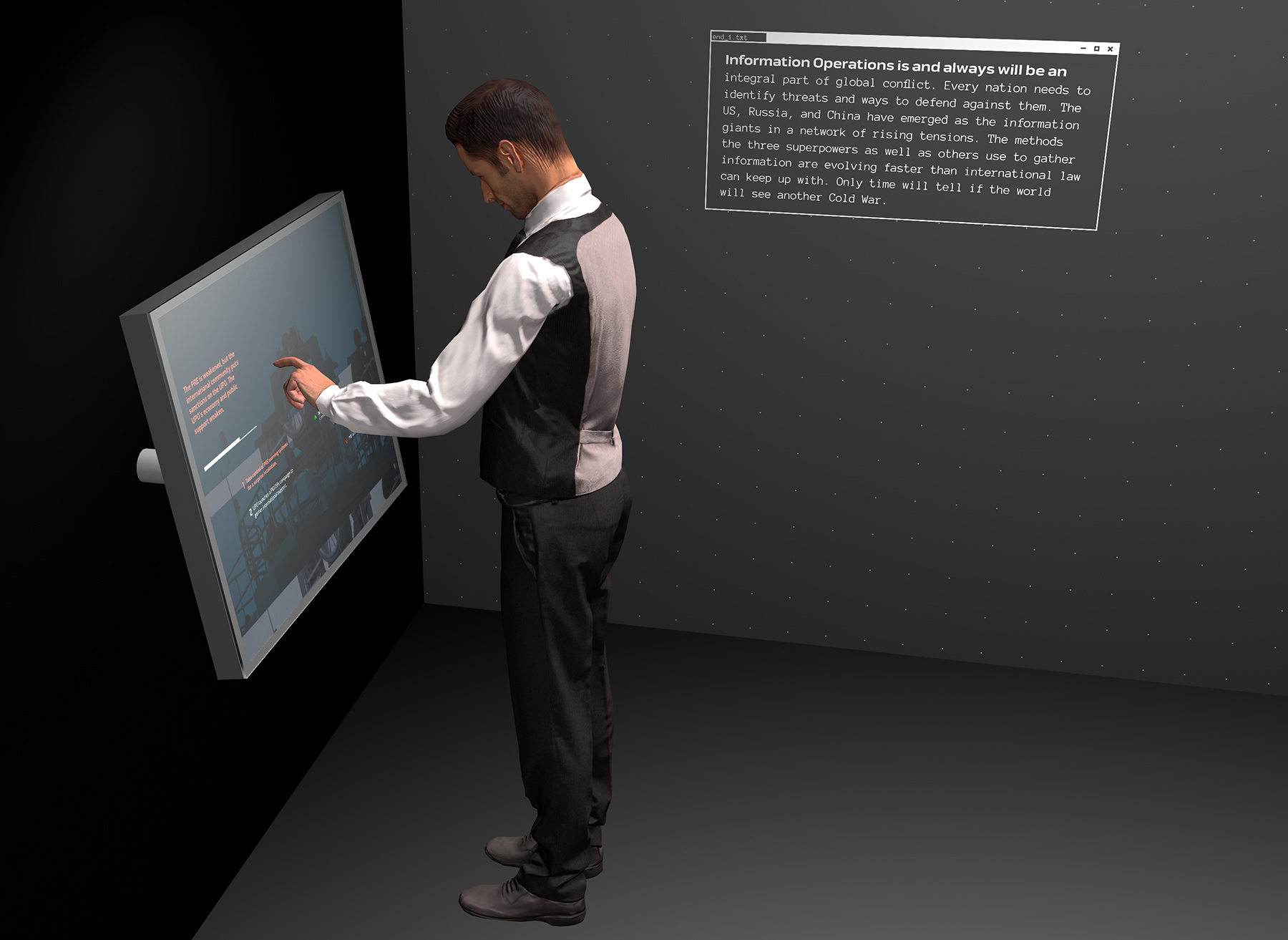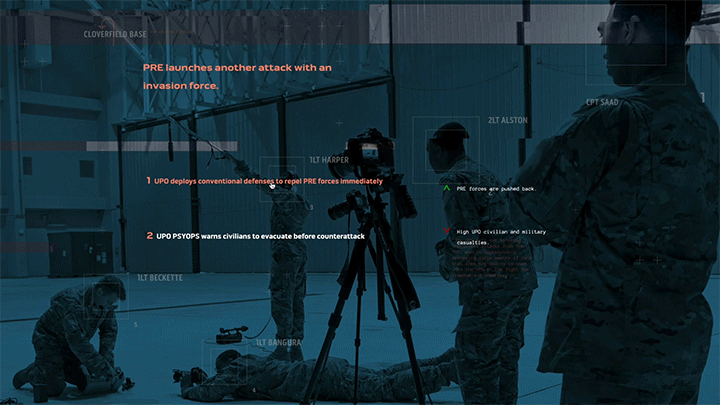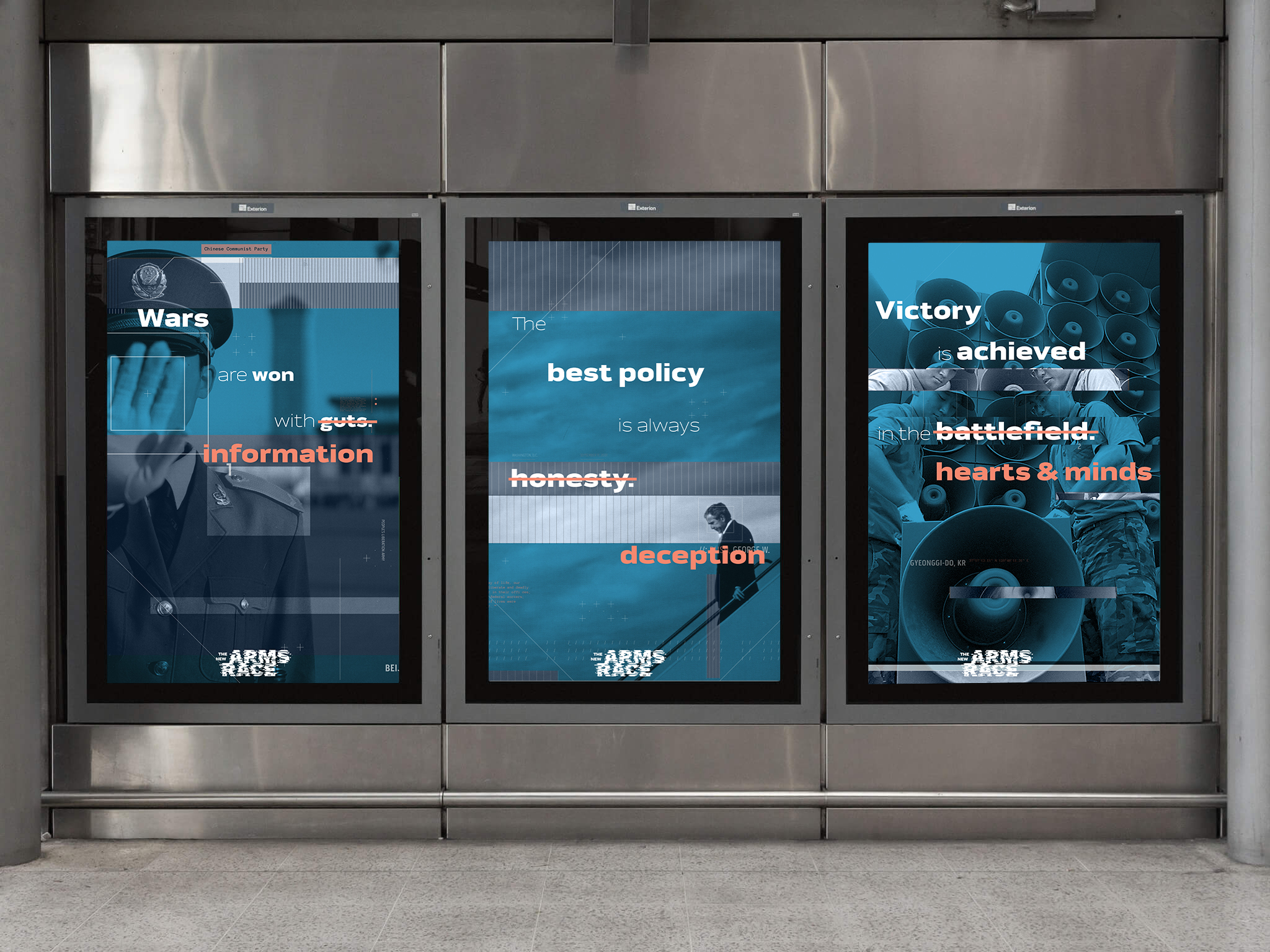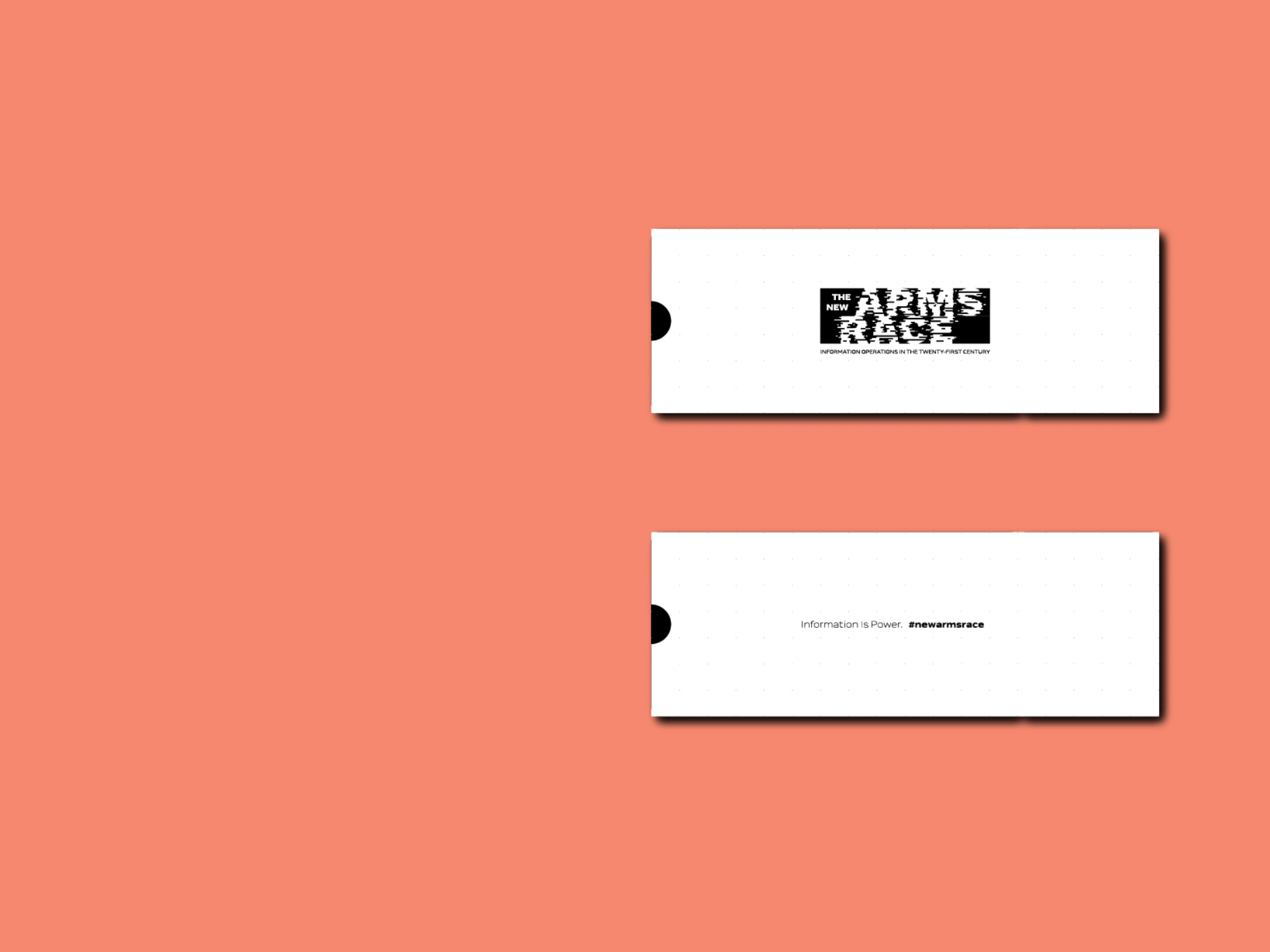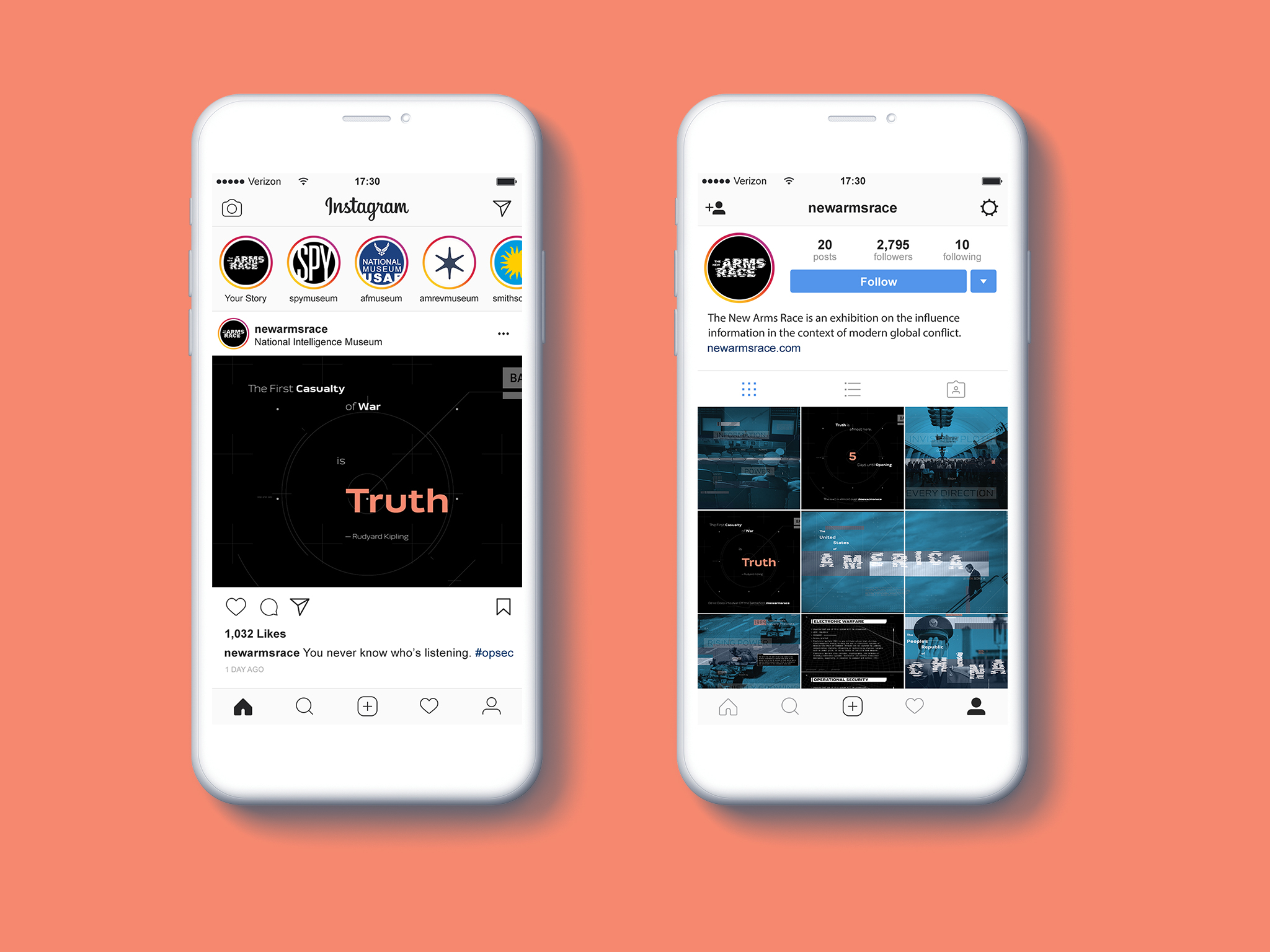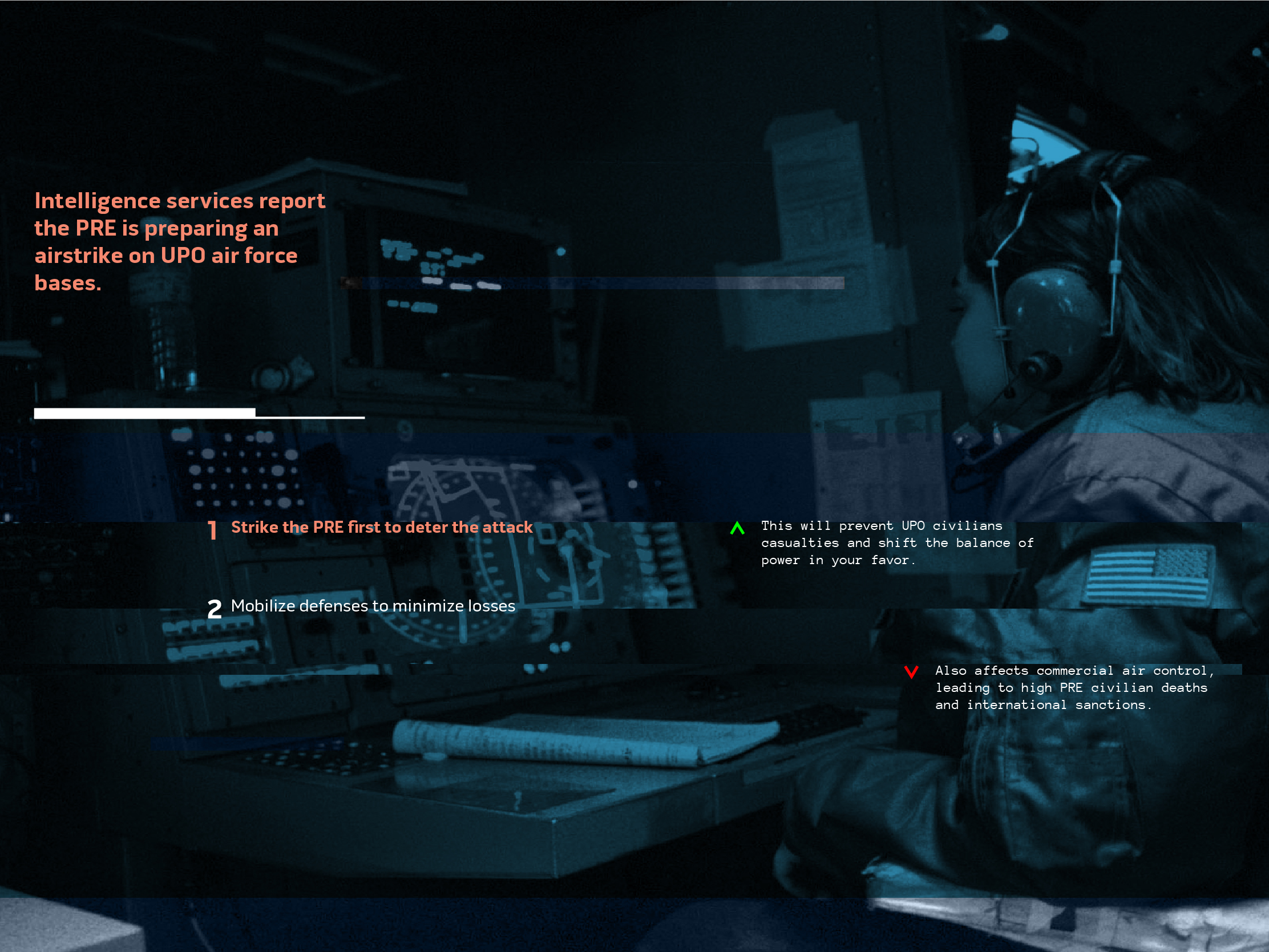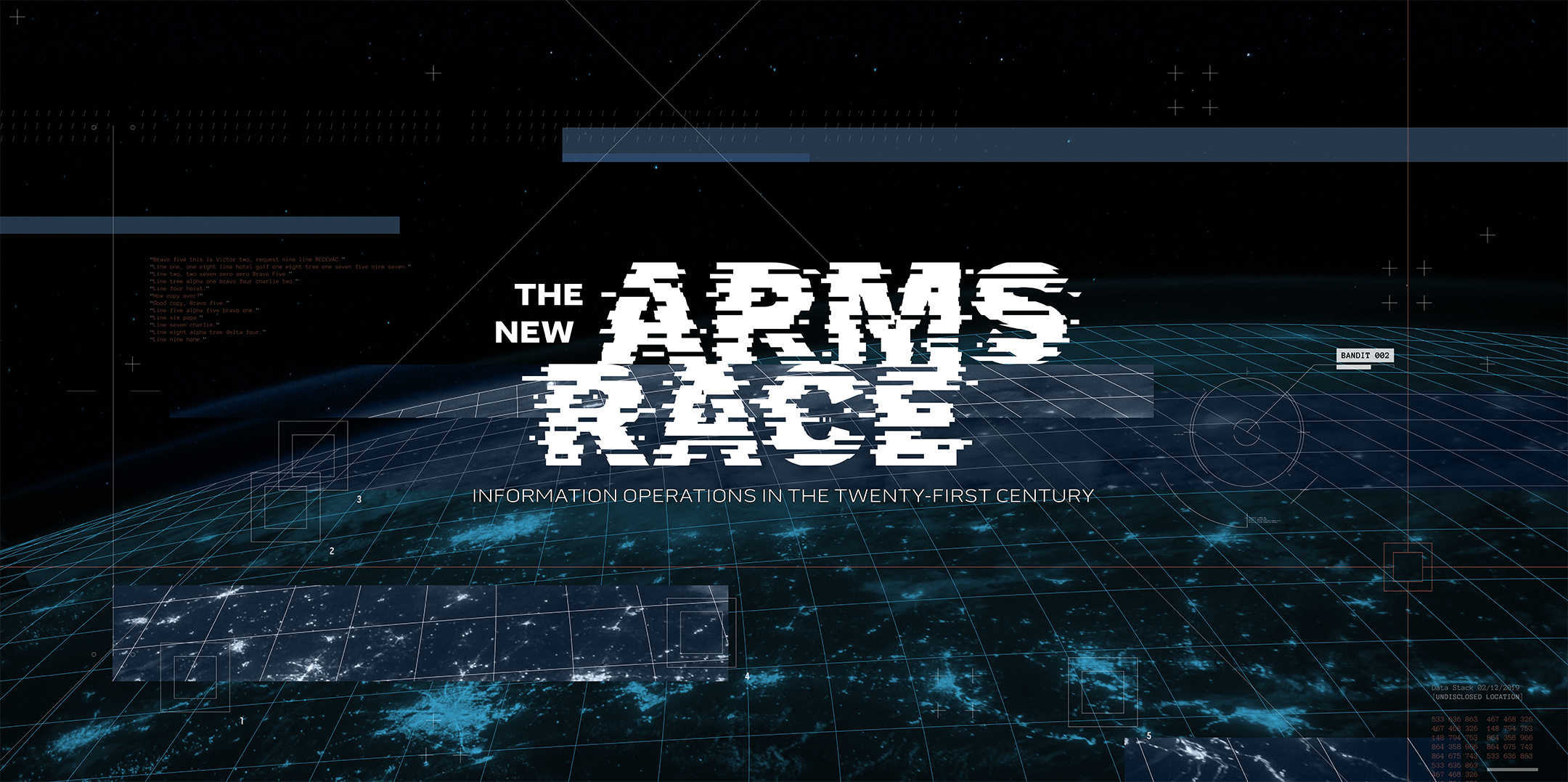
The New Arms Race
Project Type: UX Design / 3D Design / Branding / Motion Graphics / HTML/CSS
Thesis Exhibition
Instruction: Abby Guido, Jenny Kowalski, Bryan Satalino
Institution: Tyler School of Art and Architecture, Temple University
Music: https://www.bensound.com/royalty-free-music
Awards: Graphis New Talent Annual 2021 Silver Award
Introduction
Information is power
We are living in the Digital Age; information is everywhere. Much of the public doesn't know how information fuels modern conflict. How can a museum exhibition educate the public on how countries use it to advance war efforts?
An educational solution
The New Arms Race: Information Operations in the Twenty-First Century is a thesis exhibition that seeks to educate viewers on the impact of information acquisition on modern global conflict. The exhibition highlights the methods countries use to steal and protect critical information as well as examines the motivations and capabilities of three superpowers: the USA, Russia, and China.
Experience
Wall Visuals and Type

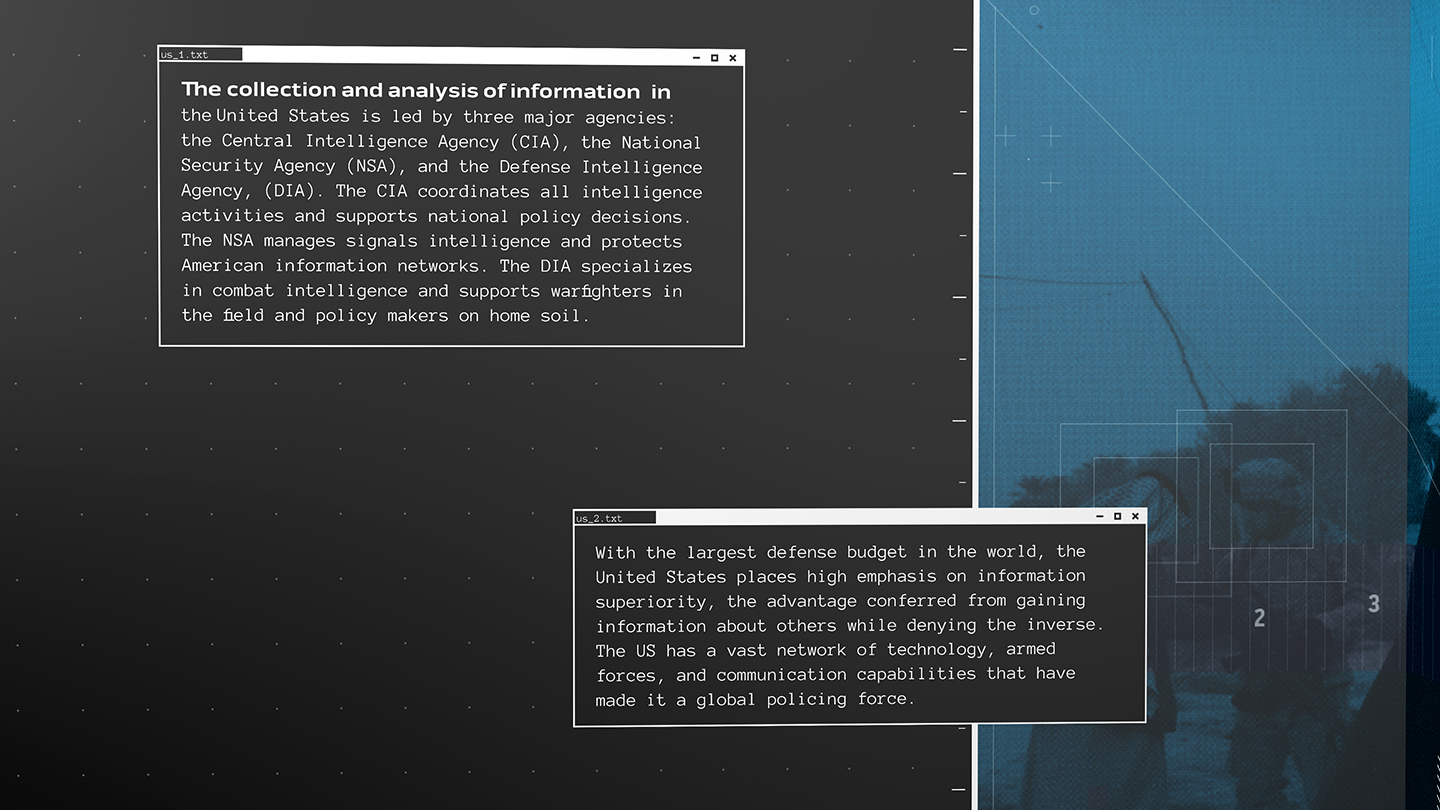
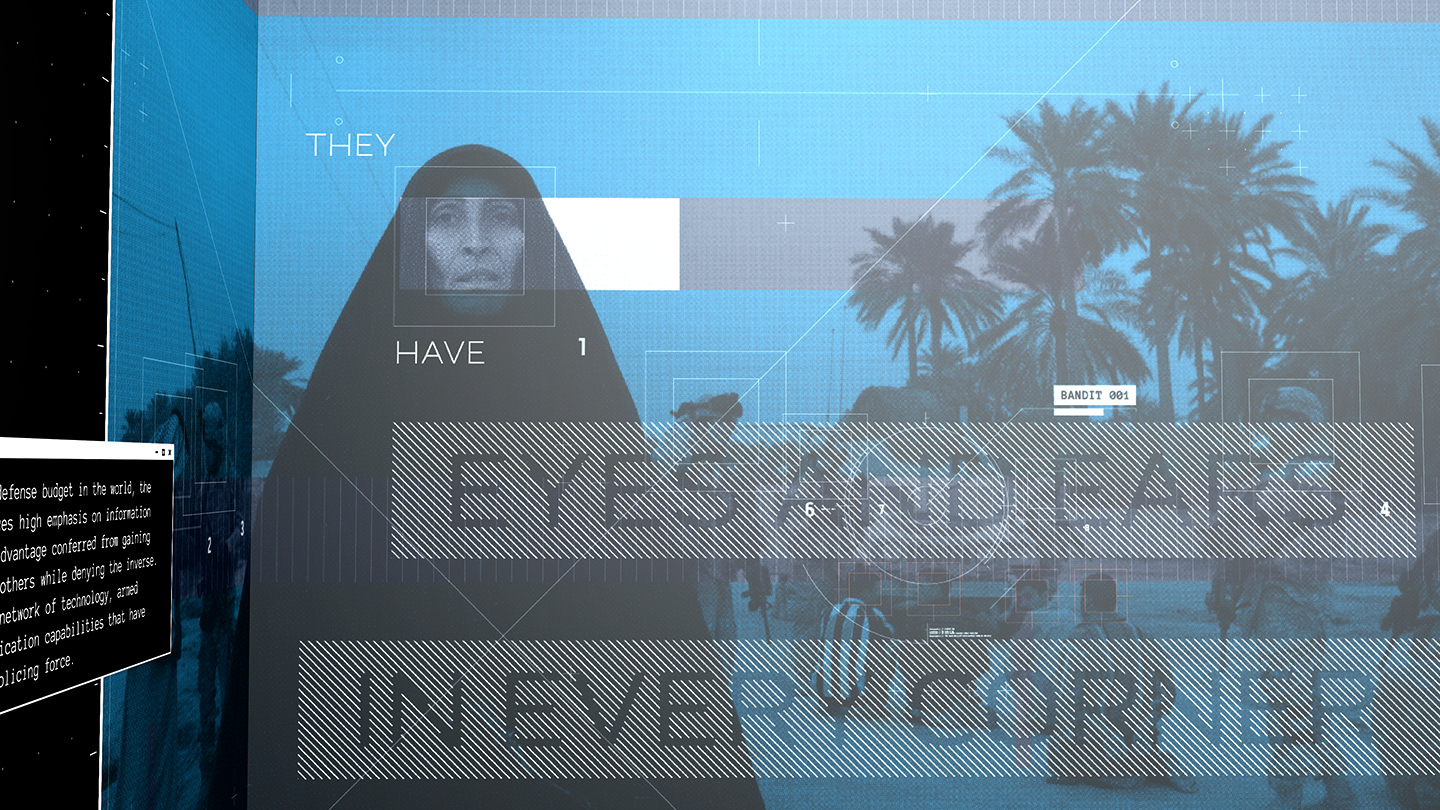
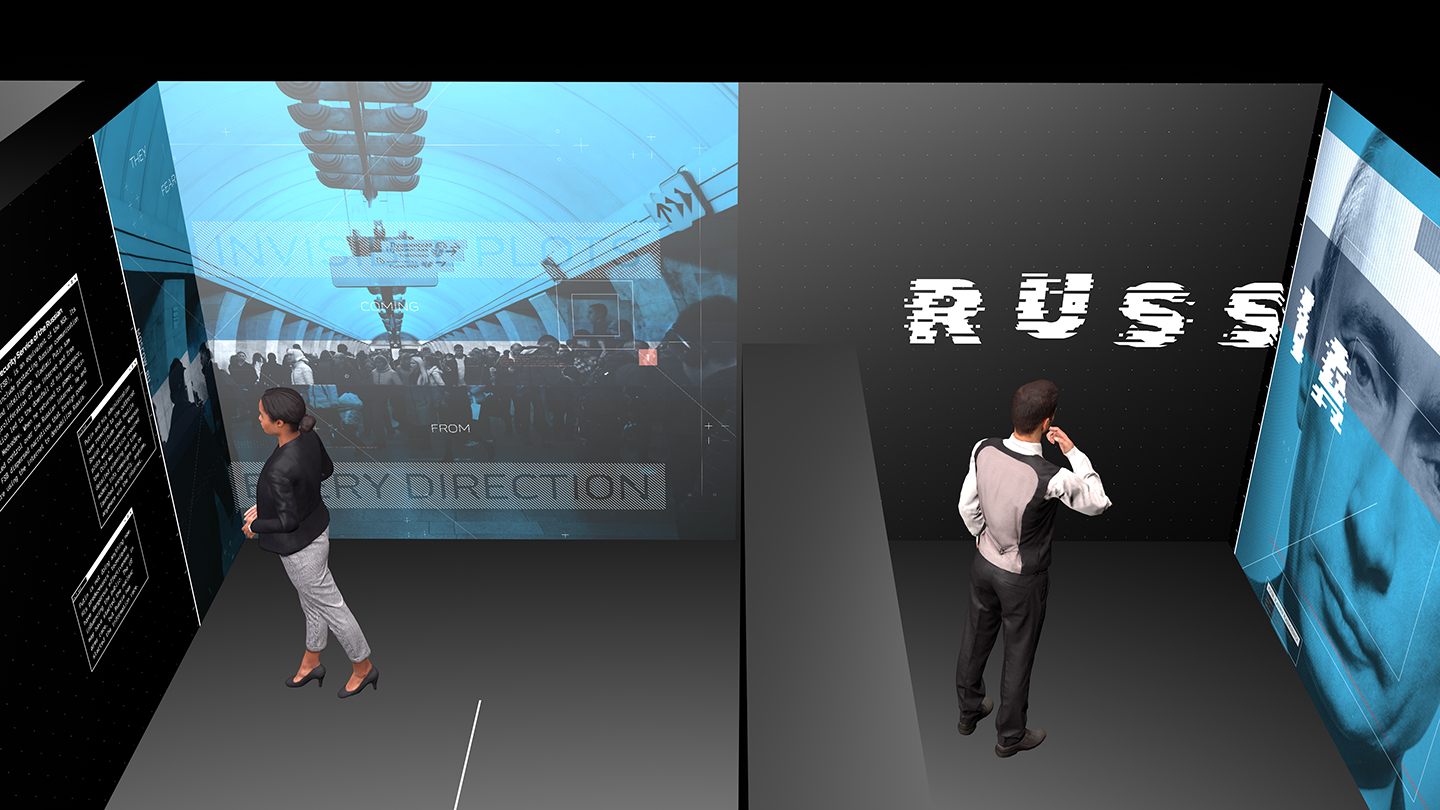
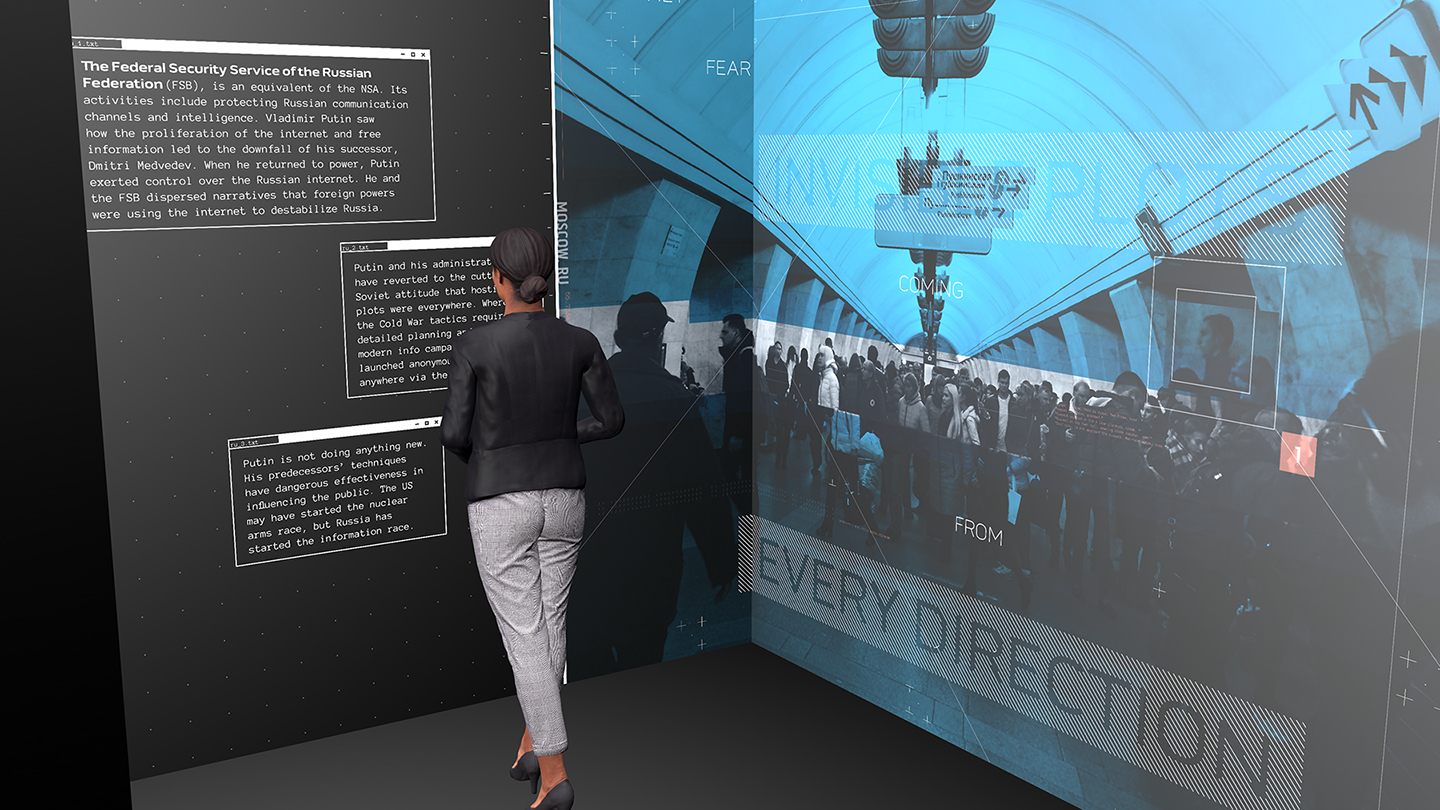
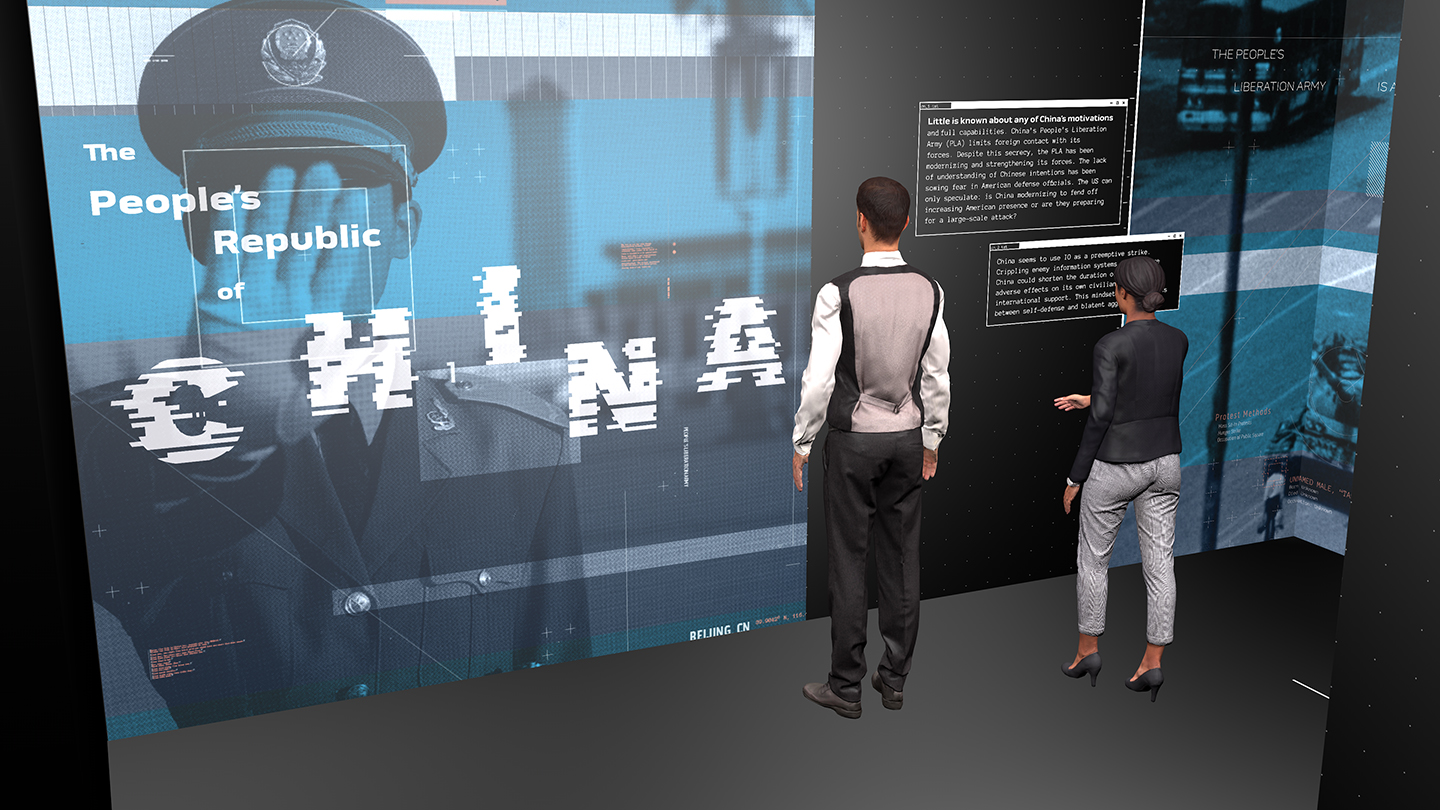
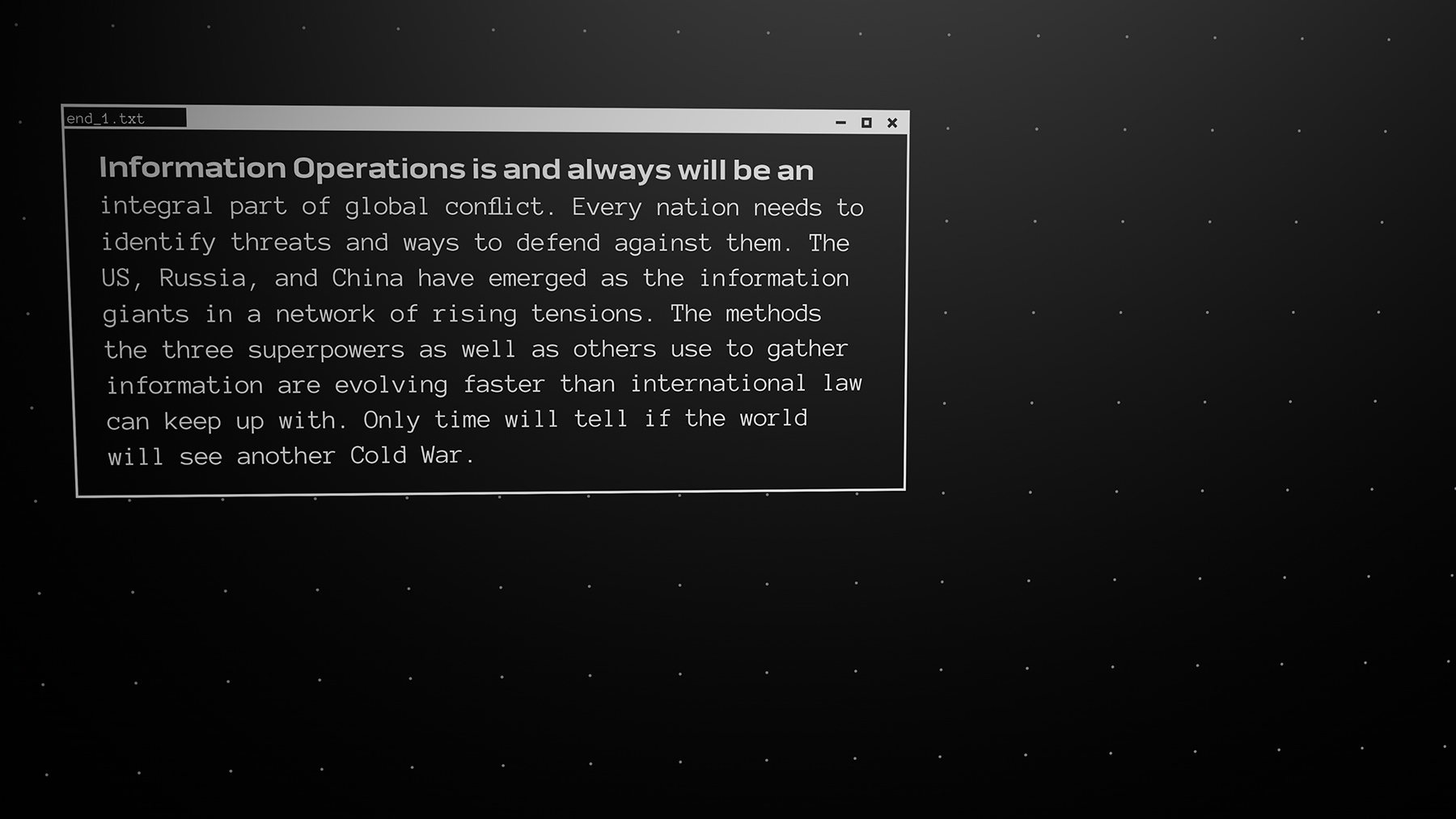
A game of dilemmas
At the end of the exhibition, the viewer would be able to play a game. Playing the leader of a fictional country, the viewer must choose between two courses of action that will have implications on the future. At the end, the viewer can see the outcome and what he or she prioritized. The orange button will allow you to play the game yourself in a new tab.
Advertising Campaign
Process
Visualizing the invisible
Developing the exhibition included much research before design could take place. Secondary research was necessary to understand and explain the subject to a broader audience. Moodboarding allowed research-informed design to have roots in both military R&D documentation and popular culture. Ethnographic research provided information for the user personas. Visiting other museums allowed for competitive analysis and examples of successful exhibition paths. Rapid prototyping and refinement resulted in an optimized user path.
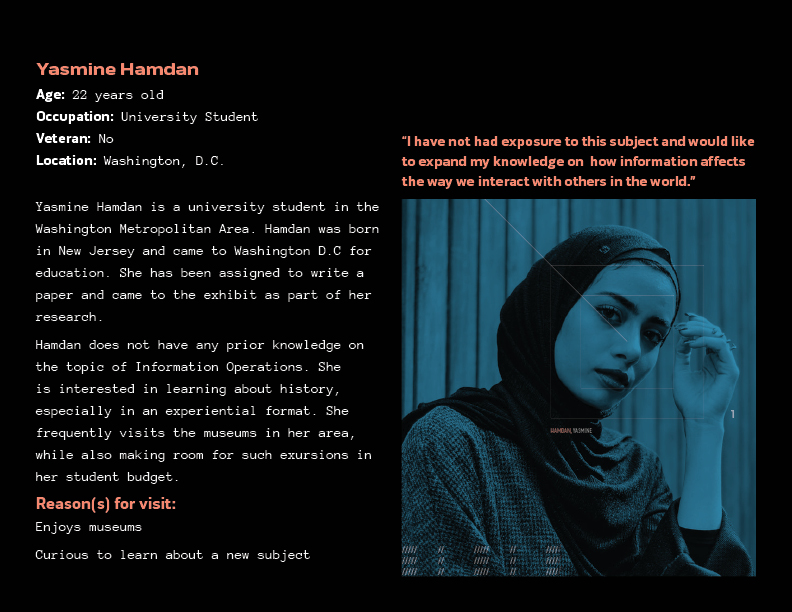
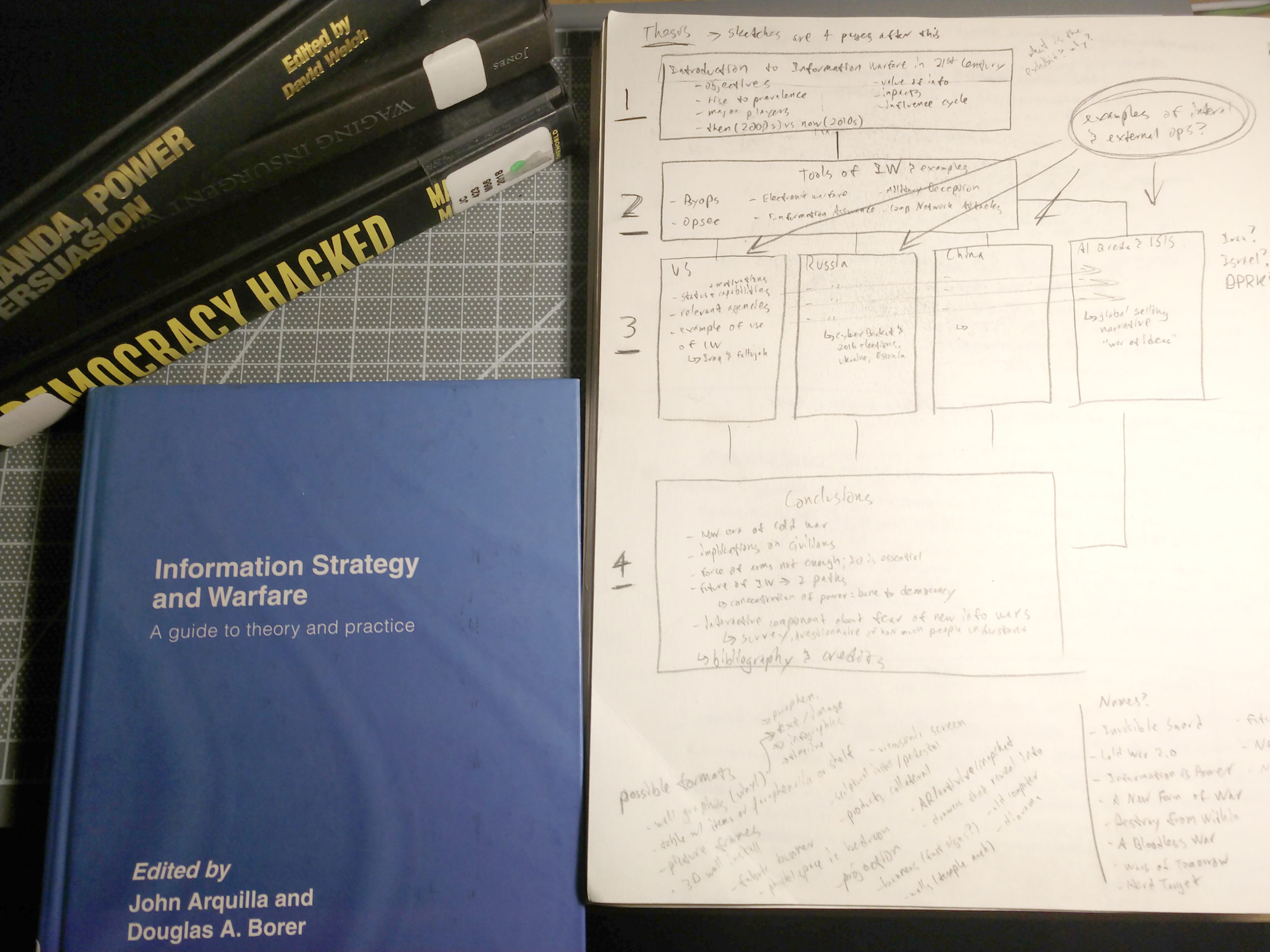
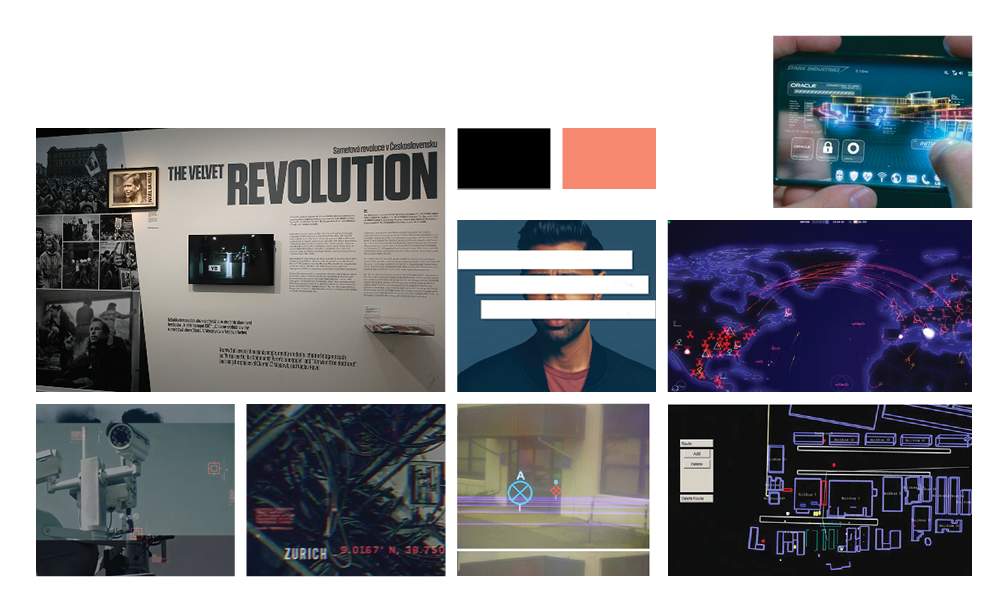
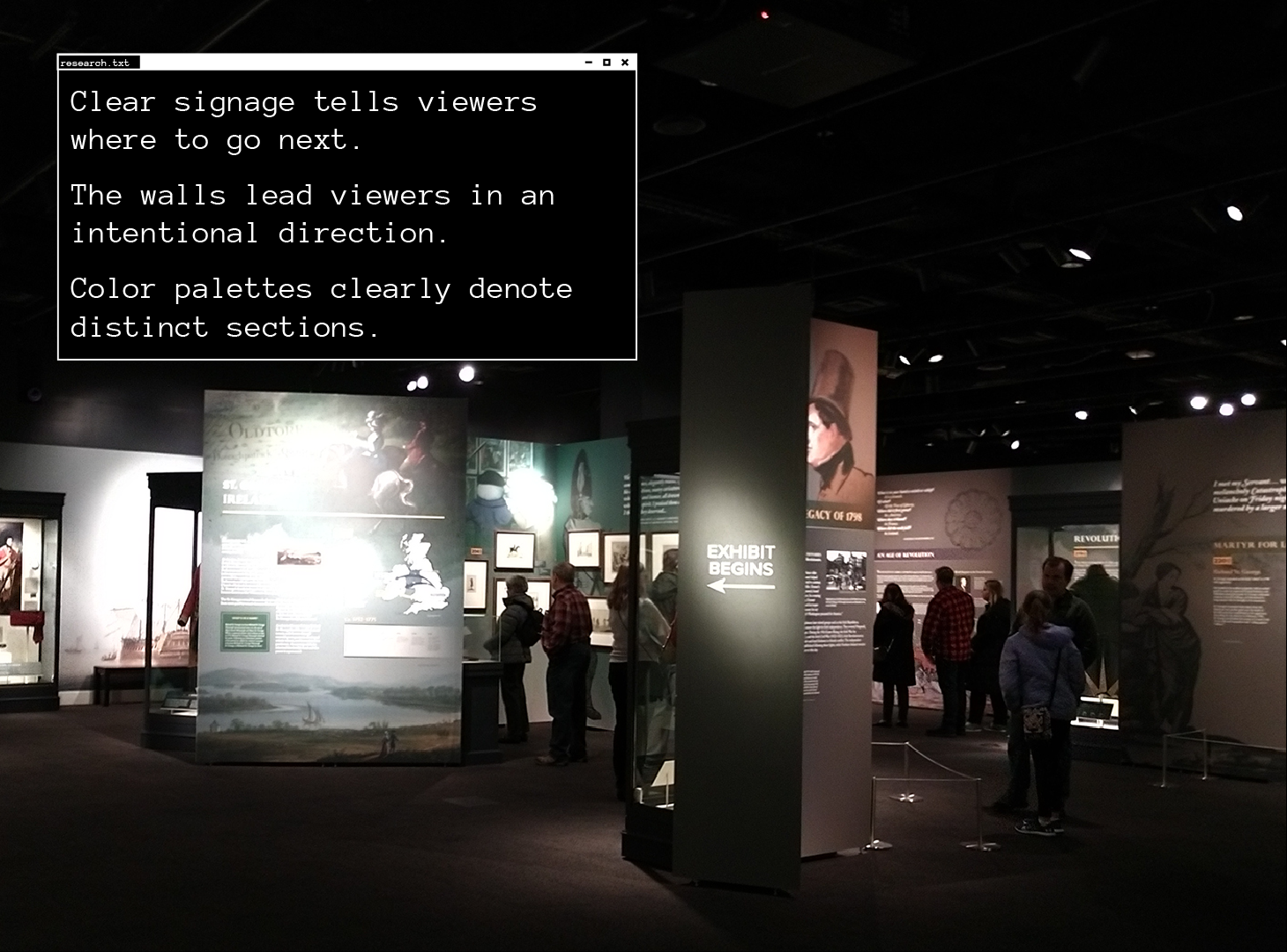
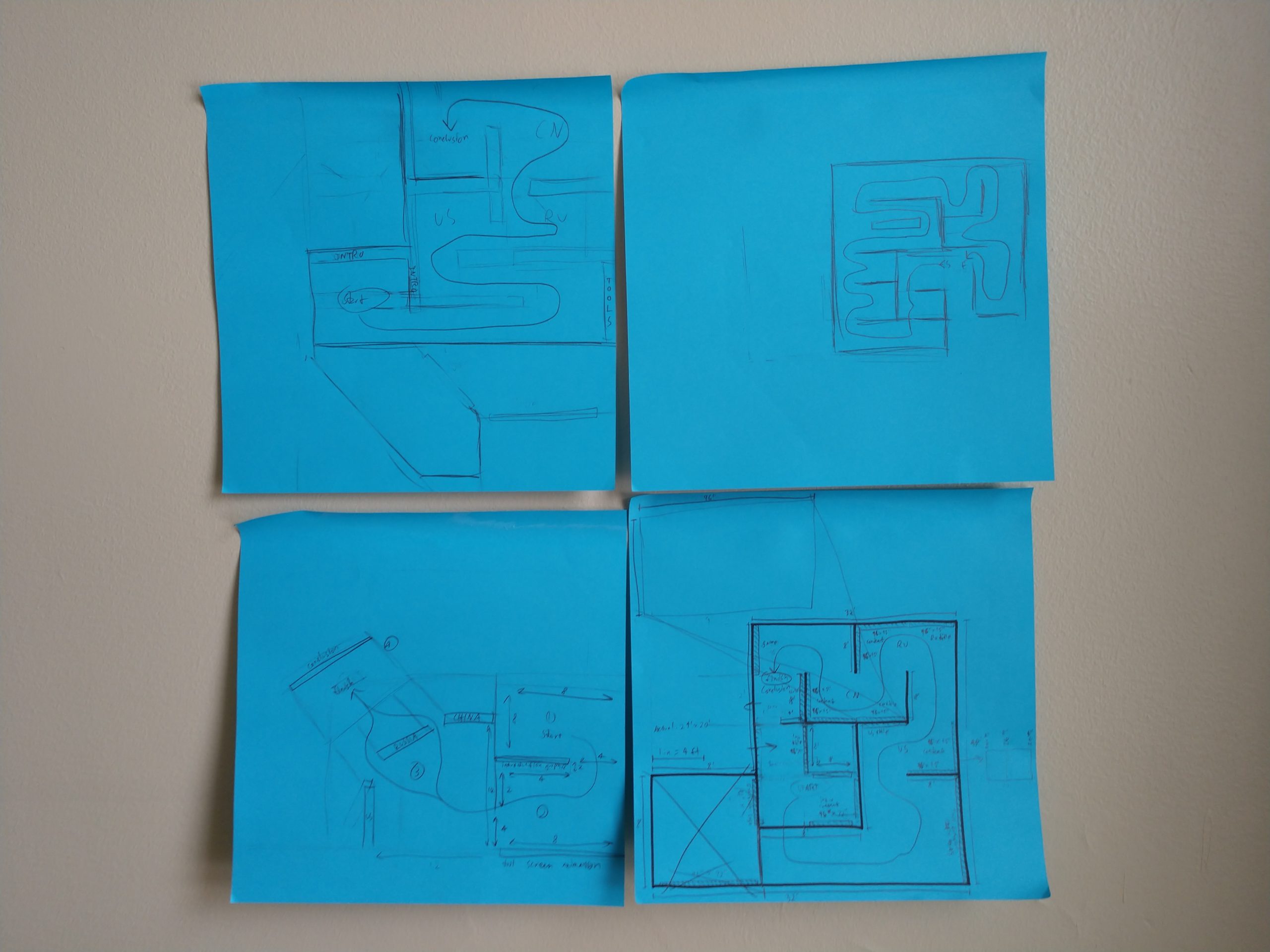
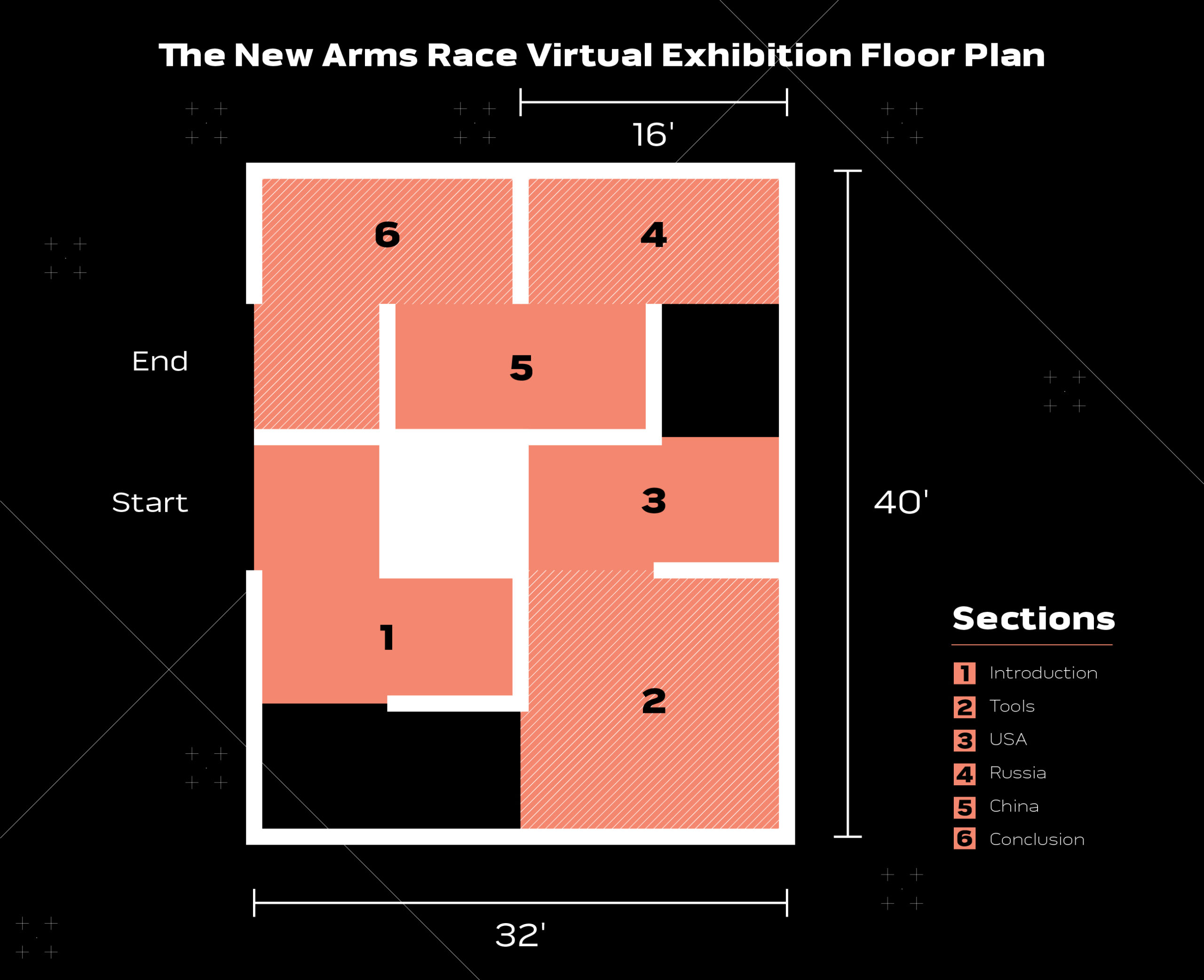
Sources
Arquilla, John, Borer, Douglas A. Information Strategy and Warfare. New York, Routledge, 2007.
Floridi, Luciano, Taddeo, Mariarosaria. The Ethics of Information Warfare. Basel, Springer, 2014.
Intelligence Agencies. Washington, D.C, United States General Accounting Office, 1996.
Moore, Martin. Democracy Hacked. London, Oneworld Publications Ltd, 2018.
Ventre, Daniel. Information Warfare. Hoboken, John Wiley & Sons, 2016.
Welch, David. Propaganda, Power, and Persuasion. London, I.B. Tauris & Co Ltd, 2014.

